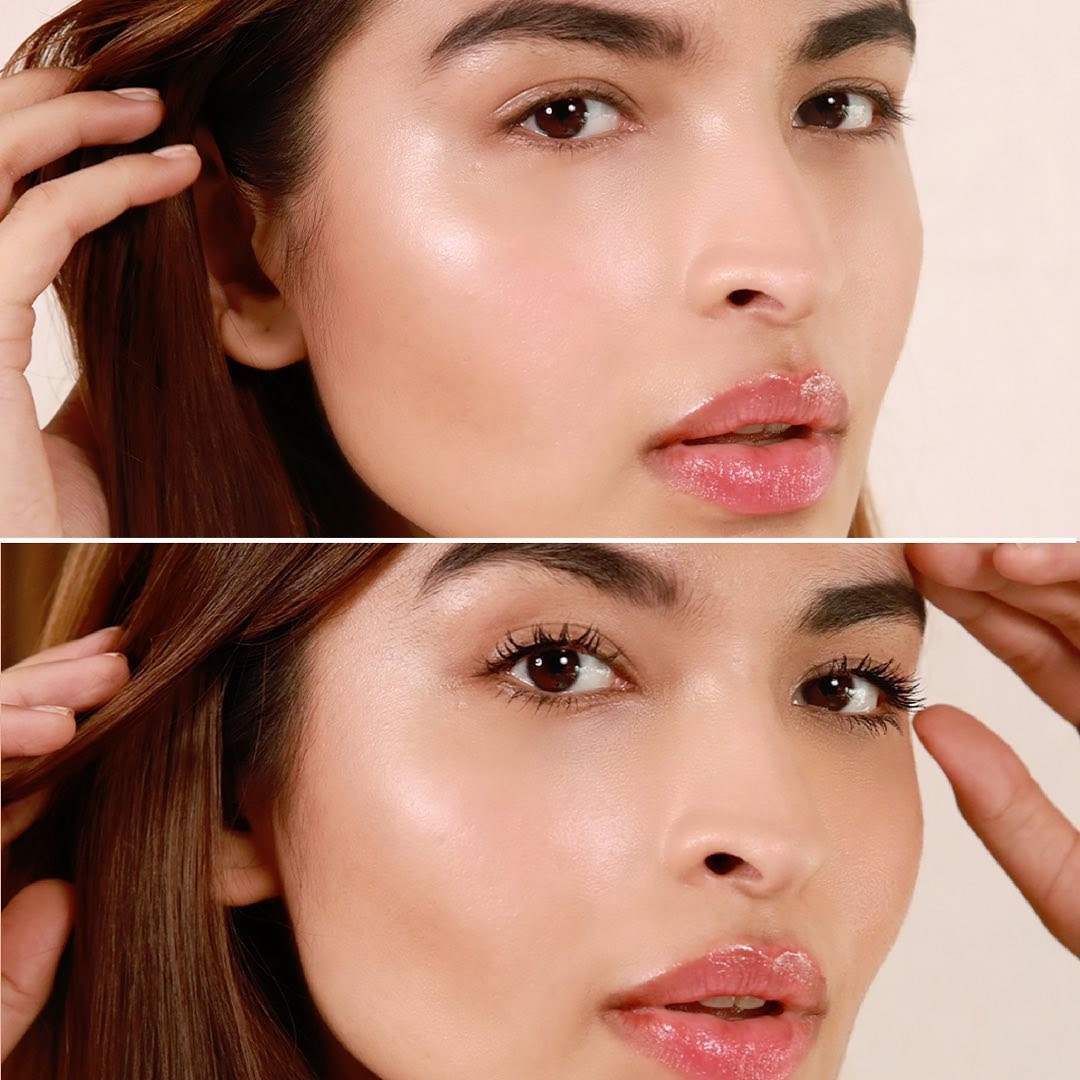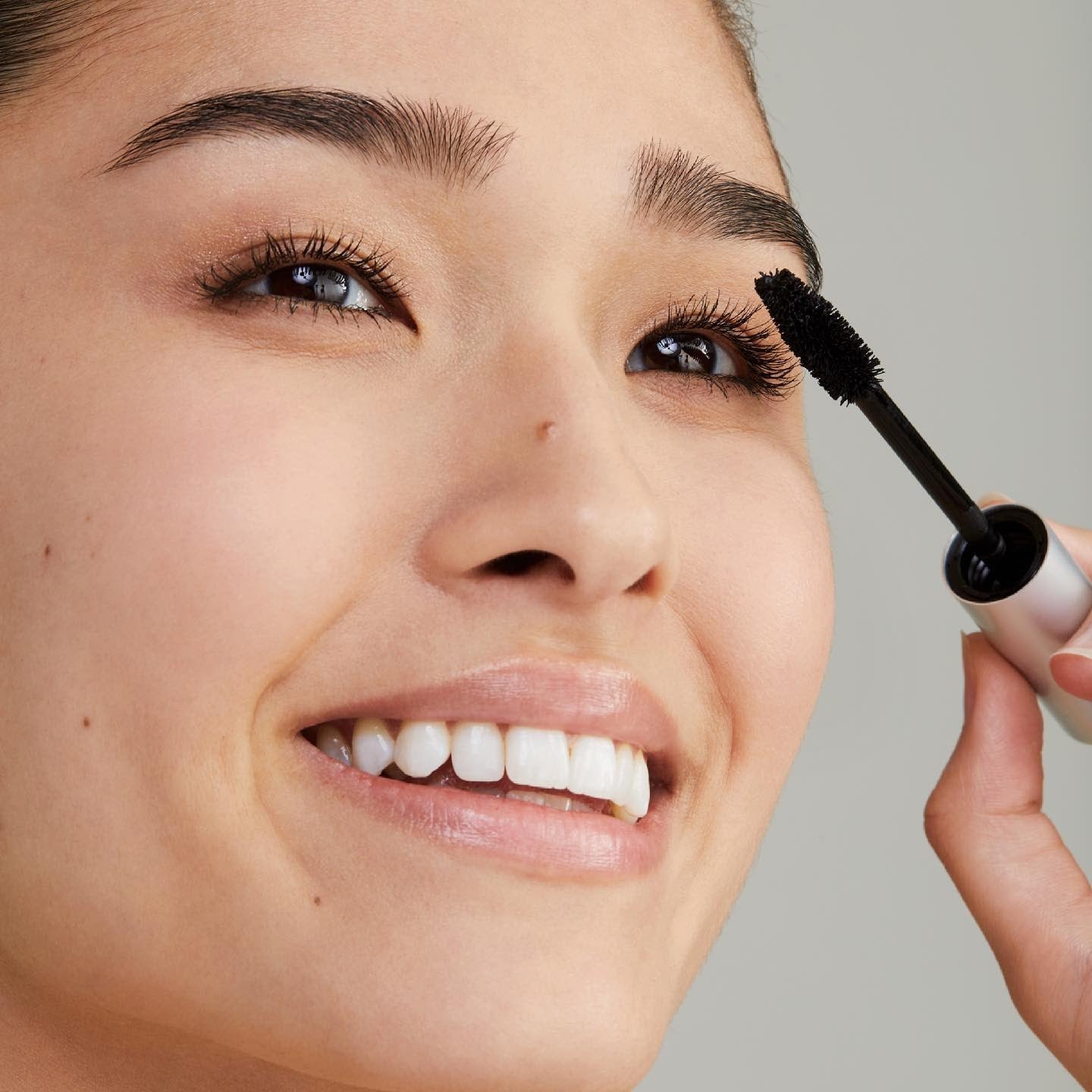How To Apply Concealer Properly

It’s no secret, concealer is one of our favorite products. When used correctly, concealer has the ability to create flawless skin, make up for a few hours of missed sleep, and even make visible signs of aging less noticeable.
Applied incorrectly, concealer can look obvious, cakey, and even highlight fine lines and wrinkles. Proper application isn’t rocket science, but there are some rules you should follow to make sure it’s helping your look.
Step 1: Picking the Right Concealer for Your Skin Type
Starting out with the right product makes a huge difference in whether or not you’ll be successful with concealer application. Pick a formula that contains irritating ingredients and sensitive skin may respond with a breakout.
Pick a concealer that’s too dry, and you’ll end up with obvious flaky skin covered in makeup.
Of course, our personal favorite for all skin types is our “Un” Cover-Up Concealer. With living ingredients like organic jojoba oil, organic cocoa seed butter, organic coconut oil, and auto-adjusting minerals, our formula is flexible, buildable, and never settles into or driest out pores.
Here’s how to pick the best concealer for your skin type.
Oily Skin
Oily skin is characterized by skin that has visible pores and produces more oil than normal skin. It can be tempting to select an oil-free concealer, but sometimes the reason our skin is oily is because it is actually dehydrated.
Avoid powdered concealers, they will simply be absorbed by the oil on your skin. Instead, look for a concealer with natural oils (think coconut oil) that will apply easily. The natural oil formula will help oily areas of your skin stay hydrated, which can help you reduce the amount of oil your skin naturally produces.
Dry Skin
It can be hard to apply makeup to dry skin. Your makeup can cling to flaky, peeling skin looking noticeable and unhealthy.
The best way to manage dry skin is by healing the dry skin, first. You can hydrate your skin by using natural oils, and avoiding chemically-laden products that contain harsh ingredients which could make your skin even drier.
When you select a concealer, opt for a natural oil-based product that you can apply with your fingertips or a brush. Make sure the product is buildable, because dry skin can tend to absorb the first thin application of product if it is still incredibly dry.
Combo Skin
Combination skin is a skin type that has areas of oiliness and areas of dryness. Normally, combination skin will have excessive oil in the t-zone, with dryness extending onto the cheeks.
Because both oily and dry skin types can benefit from products that contain natural oils like coconut and castor seed oil, ultra-clean concealers can work perfectly to help hydrate and conceal areas of imperfection.
Sensitive Skin
Sensitive skin is usually skin that knows good products from bad. It isn’t that your skin is sensitive, it’s that the amount of chemicals and toxins allowed in our products is harmful.
Sensitive skin is especially in need of a concealer that won’t cause it to become even more irritated. Look for clean concealers that don’t contain harmful ingredients, and stay away from oil-free formulas which can cause dryness and increased sensitivity.
Step 2: Prep Your Skin and Your Makeup
Before you apply your concealer, start by cleansing your skin and applying moisturizer. To fully prepare skin for your makeup and ensure proper hydration, try using beauty oil, which absorbs quickly and works better than most primers.
RMS Beauty Oil deeply nourishes and protects skin for rich hydration, made from the best skin-supporting oils like jojoba, rosehip, and buriti.
Using the Right Tools
For some application, your fingers will do the trick. For other more concentrated areas of correction (aka bumps and blemishes), you’ll want a brush.
-
Brightening brushes. A brightening brush is a thin brush designed with a tapered head that is ideal for targeting small areas of imperfection, and highlighting areas you’d like to stand out.
Brightening brushes are great for building concealer on blemishes and creating highlights in small areas, like above the upper lip.
- Foundation brushes. A foundation brush is best for correcting redness or applying concealer to larger areas. You’ll want a foundation brush for blending concealer and also for using your concealer as an all-over product in lieu of foundation.
Step 3: Apply Concealer Under Your Eye
Although you’ve been taught to apply concealer directly under your eyes, this isn’t the best and most natural looking option. In fact, it can cause concealer to cake in fine lines and wrinkles.
Essentially, if you use concealer in the entire under-eye area, you’ll just have an area of skin that is now a different shade than your skin tone.
If you have bluish tones under your eyes, you’ll want to choose a concealer that contains a bit of salmon color to correct that hue. Using RMS Beauty “Un” Cover-up concealer, select shades ending in .5, which have a hint of salmon color added to them to help correct blue under-eye tones.
Using the proper concealer color and your ring finger, dab the concealer on the inner corner of your eye against the bridge of your nose, where you are the most blue. Make sure you blend thoroughly to ensure the pigments look natural.
Next, apply a small dab of concealer on the outer corner of your eye and blend downward. The less on the outer corner of the eyes the better — it may result in concealer that sits in fine lines and wrinkles, especially as we age. Less is more!
Applying your concealer in this sort of compressed, small upside down triangle will help you avoid a large amount of concealer directly under your iris. Normally, the majority of the discoloration isn’t located in this area, and applying a lot of makeup there can highlight wrinkles and crepiness.
Step 4: Blot the Spots
You can get a blemish at any age, so knowing how to cover them can help you maintain the illusion of flawless skin, even during a breakout.
Tap Concealer Individually Onto Blemishes
To conceal a blemish, you’ll focus on two different methods; one for older blemishes that are almost healed, and one for new, red blemishes.
- For older blemishes... Older blemishes can have flakiness where the skin has begun to heal. Using a natural-oil based concealer and a brightening brush for targeted precision, apply a thin layer of concealer directly onto the blemish to conceal any remaining discoloration.
-
For new blemishes... Newer bumps can be red, irritated, and raised. They can also tend to create heat that melts off the makeup you use to conceal them. Using your finger or a brightening brush, apply concealer and let it dry.
You’ll likely want to build coverage on a new bump, so once the first layer of concealer is dry, you can add additional layers and also alternate with a powder to ensure it sets completely.
For Color Correcting
Concealer can work magic for correcting areas of discoloration. Here’s how to use it effectively to correct color like under eye circles and red blemishes.
- Under-eye circles. The skin under your eyes is naturally thinner than the skin anywhere else on your body. As such, it’s much easier to see veins under the skin in this area, which creates a bluish hue. To correct blue hues, look for concealers that contain a touch of salmon color, a light, pinkish-coral coral, to counteract the blue hue.
- Red blemishes. For red blemishes, you’ll look for a concealer that is about a half shade lighter than your natural skin tone. Sweep this shade over red areas to bring the skin color back to neutral.
Step 5: Fill in Untouched Areas
When applying concealer to a larger area, like patches of red irritation or discoloration, remember a few simple rules:
- Always dab and tap, never rub. Concealer works best when you apply it by gently dabbing it on; rubbing concealer onto your skin can cause irritation and can wreak havoc on sensitive and dry skin types.
- Concentrate on areas prone to discoloration. Generally, you’ll want to use concealer only on areas where you have discoloration. If you’re looking for a highlighter, that’s a completely separate product that you can use to enhance other areas of your skin and bring certain features forward. Concealer works best on blemishes, blue tint under the eyes, and areas of redness.
Step 6: Set with Powder
To ensure your concealer stays put all day, you can use a powder to set it. However, there’s a definite caveat here. Using too much powder, or powder that isn’t translucent, can produce a dry, cakey look that can make you look much older than you are.
The best way to keep your concealer in place all day is to layer a translucent powder between layers of concealer. In other words, apply a thin layer of concealer, apply powder to set, and apply another layer of concealer to ensure you don’t end up with a cakey look.
This will help make sure your makeup looks and feels smooth all day long.
Summary
Concealer is a miracle product for correcting areas of discoloration and creating a truly flawless look. It’s important to apply it properly and use it sparingly to avoid a cakey, overly-finished look. The goal of using concealer should be to draw attention away from blemishes and under-eye darkness, not cover them up with heavy makeup.
Sources:
The Toxic Twelve Chemicals and Contaminants in Cosmetics|EWG
Campaign for Safe Cosmetics-Working for Safer Cosmetics|safer Cosmetics.org
Dry skin: Diagnosis and Treatment|American Dermatology Association




